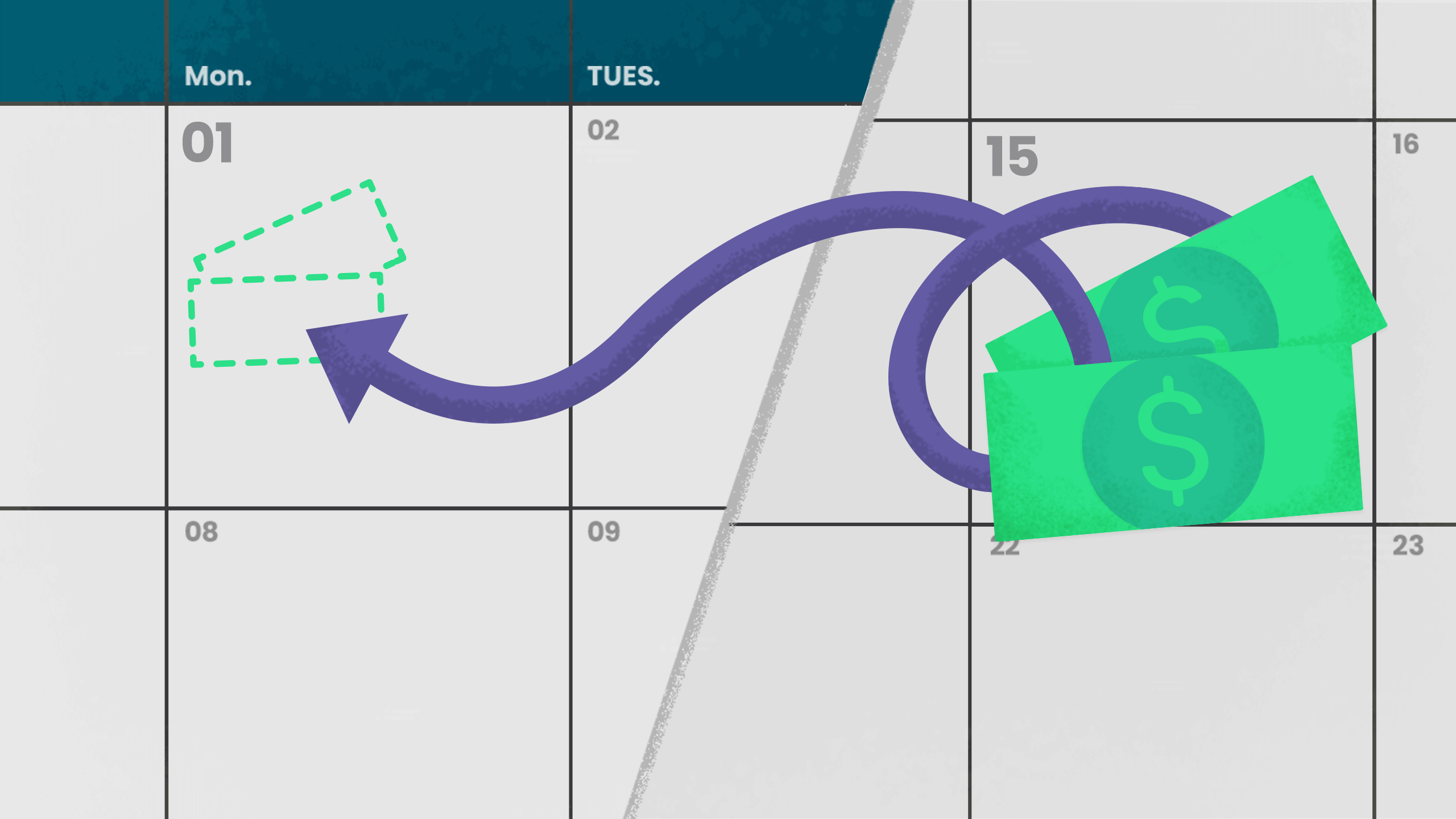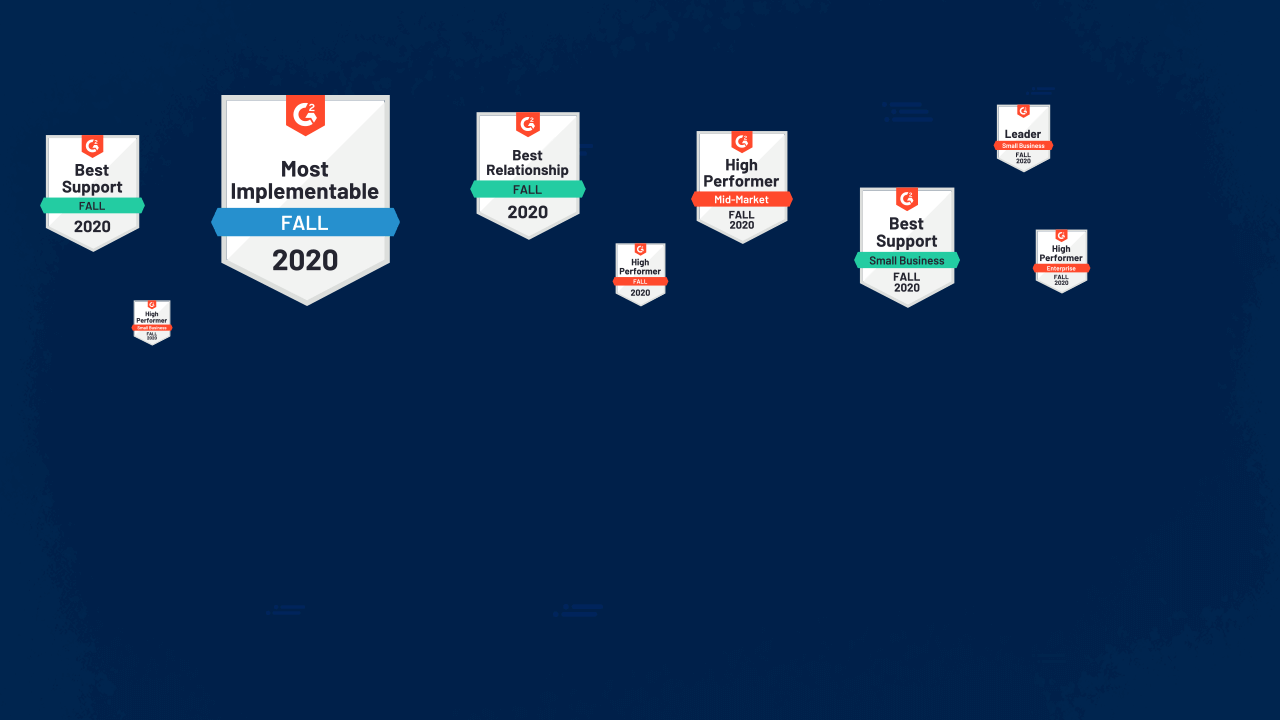
You can’t read a book while you drive to a client meeting. It’s just as hard to sit and stare at YouTube when you have 80 other things on your to-do list demanding attention. That’s why sales podcasts are the gold at the end of the sales rainbow.
Tune into some of the best in the biz as they interview sales experts and share tips. It’s all to help you understand what you need to do to level up.
Why listen to sales podcasts?
Unlike a book that could take weeks or months to get through, you can consume podcast episodes in a single sitting. You can switch between streams, getting a larger cross-section of opinions and advice. It’s a stellar way to become more well-rounded and learn something valuable from every leading light who has experience and a way to record.
So, in no particular order, here are the sales podcasts we love:
1. The Sales Enablement Podcast with Andy Paul
In less than 45 minutes, noted coach and sales consultant Andy Paul digs in deep with names like Tiffani Bova and Grant Cardone. All come ready to spill their secrets of sales mastery. Paul has already churned out a whopping 750+ episodes’ worth of sales wisdom. Choice titles include “No One Escapes: Sales and Mental Health” and “AI and the Future of Sales Growth.” This podcast is an incredibly comprehensive collection of tips, tricks, and must-read techniques.
2. Sales Babble
Once upon a time, all salespeople wore suits with elbow patches and took their wares door to door. Today, sales looks drastically different, and sales advice should evolve, too. Sales Babble stands out from the crowd because it showcases advice that works for salespeople and non-professionals alike. Entrepreneurs, small business owners and anyone else who wants to discover a non-aggressive way to sell can find what they’re looking for here.
3. The Sales Hacker Podcast
Specifically geared toward those in B2B sales, The Sales Hacker Podcast offers two podcasts a week. One focuses on actionable tips, while the other is a more in-depth breakdown of effective sales strategies. Tuesdays feature the longer 50-minute episodes that bring in experienced investors, company founders and sales VPs for no-holds-barred chats. Fridays are reserved for fundamentals — perfect for anyone eager for a fresh look at the basics.
4. Sales Gravy
Sales Gravy has the honor of being the world’s most downloaded sales podcast. Host Jeb Blount excels at sales training, speeches and writing a cornucopia of bestselling books. His postings are a bit sporadic, but no worries — use the time in between to catch up on the longer episodes. The shorter ones (some are just 10-15 minutes) are perfect for packing wisdom into short commutes.
5. Women in Sales
Women now account for more than half of management and professional positions in the United States. While that’s some super positive growth, the percentage of women in sales has not fared as well. Only 39% of sales people are women, a negligible increase of just 3% over the last 10 years. Women in Sales speaks directly to current or aspiring female sales professionals with practical advice from women who have been there and conquered that.
6. Enterprise Sales Podcast
Many podcasts focus on bite-sized tips for obvious reasons. It’s easy for listeners to take a single nugget of an idea and run with it. It’s much harder to deep dive into important topics and do them justice — yet Enterprise Sales Podcast manages to do just that. Instead of quick fixes, ESP speaks to the smartest people in sales to see what makes them tick. Figure out how to create your own competitive advantage by putting in the time.
7. Predictable Revenue
Money talks. Sometimes, what it has to say isn’t so pretty. Sometimes there’s not even enough around to strike up a decent conversation. Predictable Revenue hosts Aaron Ross and Collin Stewart are up to their elbows in sales and revenue tips. Their goal? To help take salespeople through the entire funnel. Guests include noted SaaS experts who know firsthand what it takes to achieve meteoric growth.
8. The Art of Charm
Mastering sales requires a broad set of skills. The Art of Charm won’t teach you actual sales techniques, but you will learn the psychology, sociology and behavioral economics that influence consumers. These lessons have a plethora of applications. Use tidbits from sports psychologist Dr. Stan Beecham to shape a successful belief system, and see what NBA life coach David Nurse says can help you build unshakable confidence.
9. Get In The Door
What’s the first step to closing a sale? Getting in the door. Scott “The Professor” Plum and Bill Hellkamp have put together a value-packed podcast focused on getting attention and winning negotiations. Whether you need to overcome fear or work on your follow-through, these two sales experts are ready to guide you to the next level.
10. Make It Happen Monday
Sometimes it feels like the airwaves are cluttered with sales experts, but John Barrows has a client list that speaks volumes. Barrow brings his experience with clients such as LinkedIn and Salesforce to podcast listeners every Monday. Most topics are tailored to B2B sales. Others that deal with topics such as cold-calling strategies and design thinking apply to sales in many different industries.
11. Young Hustlers
You can search for podcasts with episodes that feature Grant Cardone and Jarrod Glandt. Or you can just listen their podcast and cut straight to the chase. You don’t have to be young or inexperienced to hustle. This duo’s special brand of sales tips and business advice is everything you need to start a business. Already employed? Learn how to leap to the top of the heap in your current position. It’s 21st-century smarts with the energy to match.
12. The Brutal Truth About Sales & Selling
Want to skip the bull and get to the bottom of why your competition is outselling you? Brian G. Burns doesn’t pull any punches, and in this case that’s a good thing. Instead of wasting time on fluff and small talk, Burns crams each podcast full of advice. Topics include cold calling, sales leadership, challenger selling, management, social media and so much more. The affiliated Sales Questions — Brutally Honest Answers even allows you to submit a sales question via LinkedIn.
13. In The Arena Podcast
Anthony Iannarino is a well-known sales coach who also authored The Lost Art of Closing. Anyone in sales can learn from Iannarino and his A-list panelists. That said, his lessons on managing sales teams really hit home for those new to supervisory roles. Topics such as long-distance leadership and understanding the buyer’s journey are great for anyone interested in better motivating and managing their team.
14. The Salesman Podcast
Host Will Barron publishes several shows a week. That’s helped The Salesman’s library grow to more than 550 episodes. Most focus on the soft skills needed for success in sales. Perhaps you feel like you should work on public speaking, body language or asking better questions. If so, you’ll get help — and hopefully motivation — from Barron and his laundry list of expert guests.
15. Hey Salespeople
Having your eye on a spot way up the corporate ladder means you need to constantly find new ways to pursue your goals. For those interested in careers in sales management, that means learning how to motivate a team, interpret data and scale strategically. Hey Salespeople explores the art and science of sales. All info comes courtesy of SalesLoft’s VP of Sales Strategy Jeremy Donovan and the best of the best from his Rolodex.
16. Sales Influence – Why People Buy
There’s only one true star in sales, and that’s the consumer. Everything hinges on the person with the money to spend. That’s why host Victor Antonio has an entire podcast consumed with “finding the why in how clients buy.” Get a handle on that, and you’re golden. There are also very timely topics like setting limits on virtual meetings that are great for anyone dealing with a work-from-home transition.
17. The #AskGaryVee Show Podcast
There’s no disputing that multitasking, fast-talking, hard-hitting entrepreneur Gary Vaynerchuk is an acquired taste. There’s also no disputing that a lot of people like what Gary Vee has to say. That’s why the guru’s YouTube show is now available in podcast form. Get ready to get swept along as Gary talks about cutting through the noise and letting go of the things that hold you back.
18. Sales Success Stories
For anyone who has ever looked at a top salesperson and wondered, “How are they doing that?!” this podcast explains it all. Sales Success Stories is a series of interviews by Scott Ingram. He ropes in top-of-the-heap salespeople to share the habits and influences that helped propel their careers at warp speed. The resulting tips are great for anyone in sales, and that includes everything from direct B2B to account management.
19. The Revenue Collective Podcast
Revenue Collective is a consortium of over 5000 sales leaders from all industries, markets, and locations. It would stand to reason that the podcast that shares their name would be excellent. It doesn’t disappoint. Having started in mid-2020 their catalog is easy to binge quickly. Among the episodes you’ll hear from the CEO of Gong, CEO of Outreach.io, CMO of Lessonly, and more!
Did I miss a must-listen sales podcast? Send it my way at graham@quotapath.com!
Now that you’ve brushed up on your sales skills through all these amazing podcasts, it’s time to start selling! And once you close deals, you’ll want to use QuotaPath to track your commissions. It’s easy and powerful.
















Recent Comments